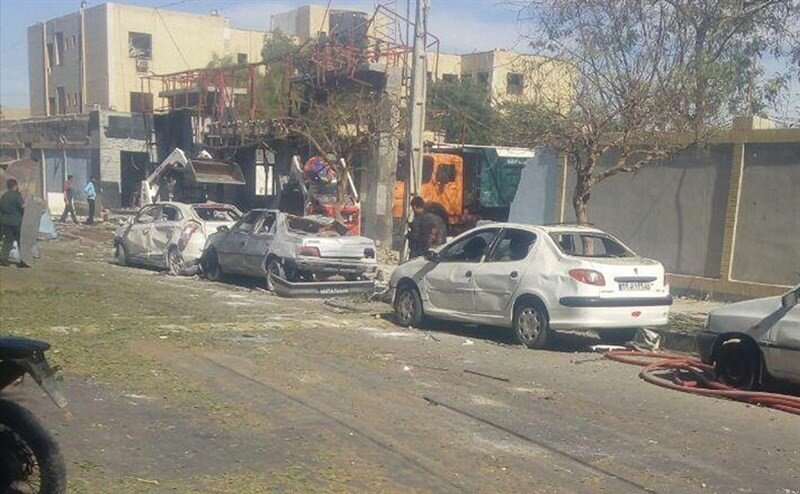 According to a report by Fars News, the recent terrorist incident in southeastern Iran has laid bare the sophisticated equipment and bulletproof vests utilized by the assailants.
According to a report by Fars News, the recent terrorist incident in southeastern Iran has laid bare the sophisticated equipment and bulletproof vests utilized by the assailants.
This equipment suggests that the terrorists may have received backing from hostile entities.
On Thursday, southeast Iran witnessed a series of attacks targeting security outposts in the towns of Chabahar and Rask. The Islamic Revolution Guards Corps (IRGC) reported thwarting the attempt to seize their headquarters, but at a cost of 10 security personnel killed. The Jaish al-Adl terrorist group, known for previous attacks in the region, claimed responsibility.
Sistan and Baluchestan province, bordering Afghanistan and Pakistan, has a history of violence, including clashes with Takfiri terrorists and drug traffickers. The Jaish al-Adl group is a familiar threat, having conducted similar operations in the past.
After regaining control and securing the area following the terrorist attack, the IRGC Ground Forces’ Southeast Security Headquarters announced the death of 18 terrorists and armed assailants. These individuals, reportedly affiliated with foreign intelligence agencies, planned to destabilize the region by targeting public areas, military installations, and law enforcement facilities in Chabahar and Rask.
Preliminary investigations into the recent terrorist operations in Sistan and Baluchestan reveal significant details about the Jaish al-Zalum group. Reports indicate that this terrorist organization consisted of 29 highly trained operational members, with 18 individuals from its core team meeting a tragic end in the recent violence.
During the harrowing incident, the terrorists sought to employ human shields and take hostages from among the citizens of Chabahar, with intentions to orchestrate a large-scale massacre in the region.
The weaponry and bulletproof gear wielded by the assailants were of an advanced caliber, suggesting possible support from hostile entities linked to Iran's adversaries.
Moreover, the weaponry utilized in the attack displayed heavy destructive capabilities, with sophisticated cartridges mirroring those employed by terrorist groups affiliated with Western intelligence services.
Iranian security and intelligence agencies are diligently delving into the clandestine facets of this terror act, unraveling crucial information and technical nuances to shed light on the incident's broader implications.
